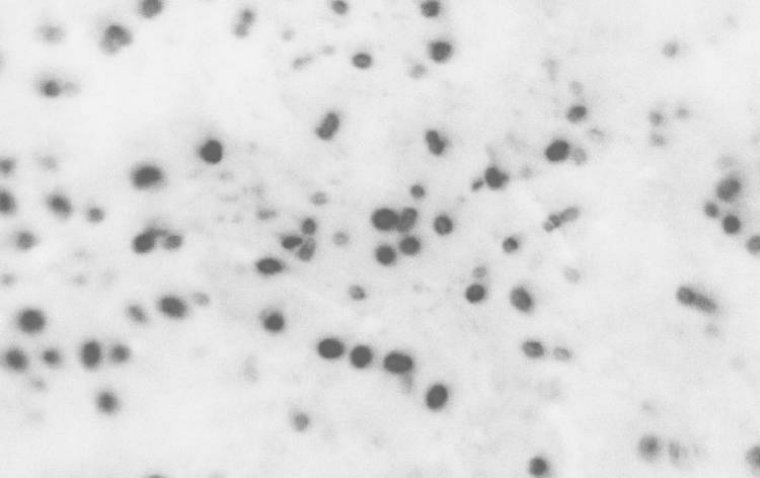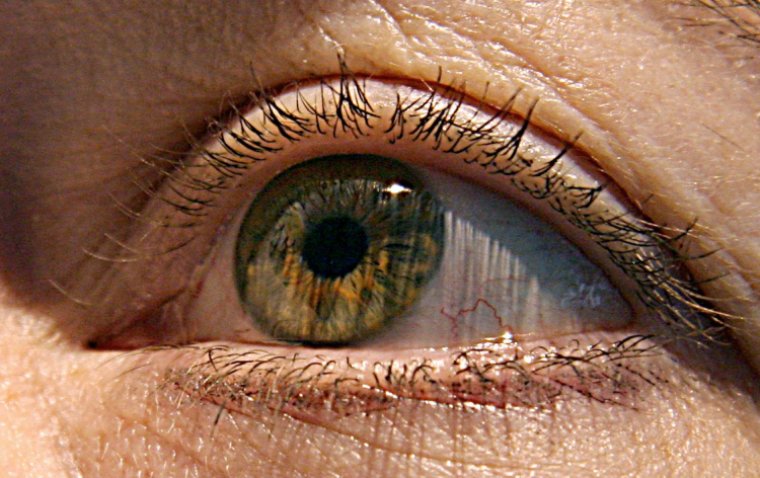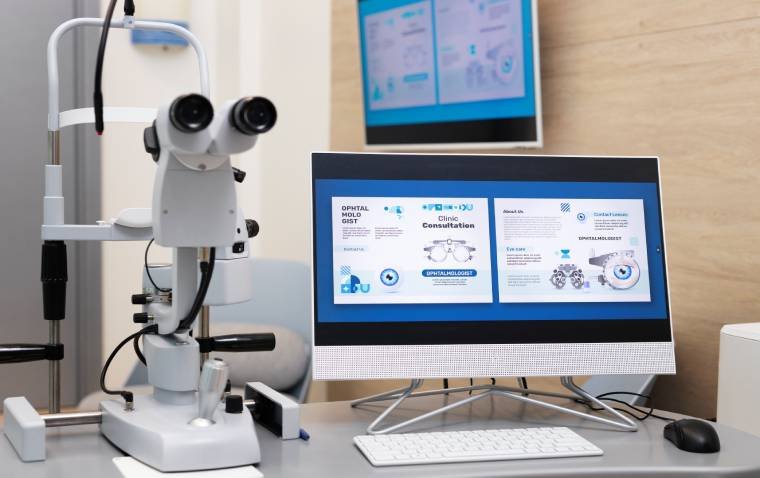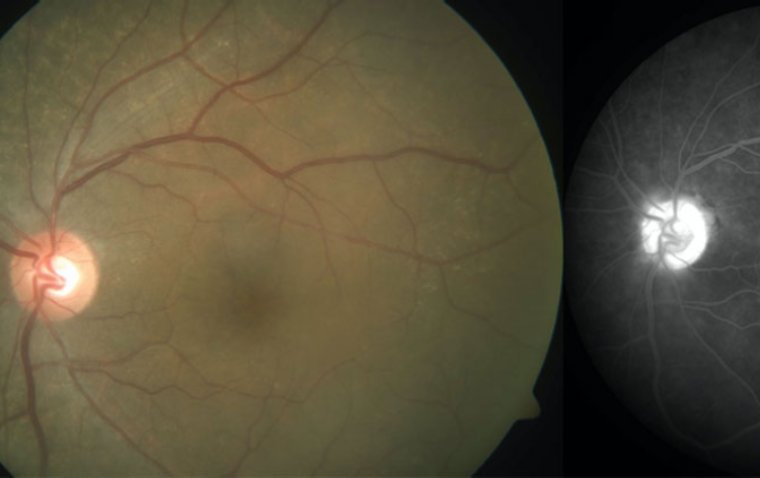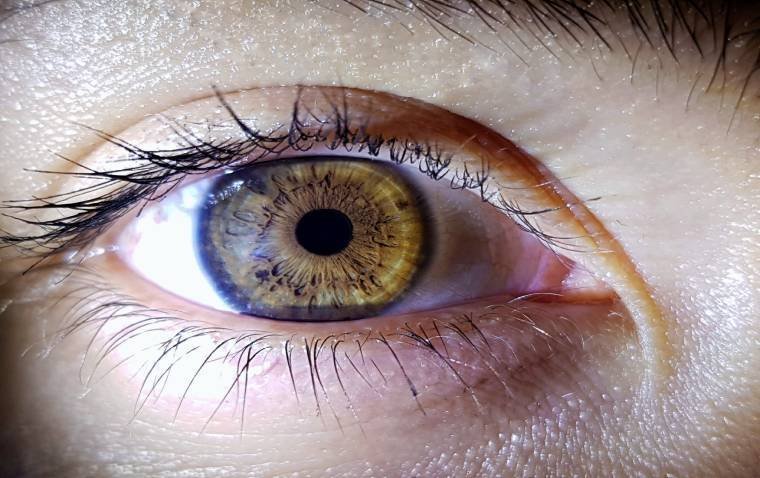
Cocoa Extract Fails to Prevent Age-Related Macular Degeneration, Clinical Trial Finds
A large-scale clinical trial led by Brigham and Women’s Hospital has found no significant long-term benefit of cocoa flavanol supplementation in preventing age-related macular degeneration (AMD), according to findings published in JAMA Ophthalmology.
AMD Remains a Leading Cause of Vision Loss
Age-related macular degeneration (AMD) is a progressive retinal condition and the primary cause of severe vision loss in adults over the age of 50. It affects the macula, the central portion of the retina responsible for detailed visual tasks such as reading, driving, and facial recognition. Though peripheral vision is typically preserved, AMD-related central vision loss significantly impacts quality of life. Abnormal blood flow in the retina has been implicated in AMD pathogenesis.
Cocoa Flavanols: A Vascular-Health Focused Compound
Cocoa flavanols, a subgroup of flavonoids found in cocoa beans, have been widely studied for their positive vascular effects. These include:
• Improved endothelial function
• Enhanced nitric oxide production
• Support for vasodilation and circulatory health
Past research has associated moderate cocoa flavanol intake with reduced blood pressure, improved lipid profiles, and lower inflammation—suggesting potential benefits for vascular-related conditions such as AMD.
COSMOS Trial: No Significant Benefit from Cocoa Extract
The study, titled "Cocoa Flavanol Supplementation and Risk of Age-Related Macular Degeneration: An Ancillary Study of the COSMOS Randomized Clinical Trial", evaluated whether daily cocoa extract supplementation could prevent AMD development or progression.
Trial Design and Participant Details
• Design: Double-blind, placebo-controlled, randomized clinical trial
• Participants: 21,442 U.S. adults (12,666 women aged ≥65, and 8,776 men aged ≥60)
• Duration: Median follow-up of 3.6 years
• Intervention: Daily dose of 500 mg cocoa flavanols, including 80 mg (−)-epicatechin
• Control: Matching placebo group
• AMD Assessment: Self-reported diagnoses verified via medical records
To ensure consistency, participants were required to discontinue any outside cocoa or multivitamin supplements during the trial period. COSMOS included its own multivitamin supplement as a separate arm.
Clinical Outcomes and Statistical Findings
A total of 344 participants experienced confirmed AMD events, including:
• 316 new cases
• 28 progression cases
The incidence of AMD was:
• 1.5% in the cocoa extract group
• 1.7% in the placebo group
Key findings:
• A non-significant reduced risk during the first two years of supplementation (HR: 0.77; 95% CI: 0.59–1.01)
• A non-significant effect beyond two years (HR: 1.06; 95% CI: 0.76–1.50)
Subgroup Analysis: Potential Effect in Non-Hypertensive Participants
Subgroup analysis by hypertension status revealed a statistically significant benefit in participants without hypertension (HR: 0.63; 95% CI: 0.44–0.92), whereas no significant effect was observed among those with hypertension (HR: 1.04; 95% CI: 0.80–1.36).
Researchers Conclude: Cocoa Extract Not Effective for AMD Prevention
The researchers concluded that cocoa extract supplementation did not significantly reduce AMD risk over the 3.6-year trial period. While a possible early benefit trend was noted, the results do not support cocoa flavanol use as a preventive strategy for AMD.
Study limitations included:
• Shorter trial duration
• Moderate cocoa dosage
• Reliance on self-reported AMD diagnoses
Additionally, reduced access to clinical eye care during the COVID-19 pandemic may have led to underreporting of AMD events.
Reference:
William G. Christen et al, Cocoa Flavanol Supplementation and Risk of Age-Related Macular Degeneration, JAMA Ophthalmology (2025). DOI: 10.1001/jamaophthalmol.2025.0353
(1).jpg)

